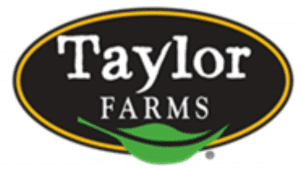Welcome to Blue Book!
Are you ready to join the thousands of companies who rely on Blue Book to drive smarter decisions? View our plans and get started today!
Still have questions? We’d love to show you what Blue Book can do for you. Drop us a line– we’ve been waiting for you.
The pilot case study is available on the PTI website, which offers a number of resources to assist companies with the transition. The site also includes twenty-five best practices as well as checklists, webcasts, and case studies.
Down The Road
While the FDA is hammering out the Food Safety Modernization Act rules, industry leaders feel confident the PTI work already done will put the industry in good stead. “Everything points to the FDA coming out with regulations that are complementary to PTI,” says Grant, citing an Institute of Food Technologists report, which supports electronic records, uniform recordkeeping requirements, and no exemptions based on risk classification.
The FDA has until next spring to finalize its ruling and is not expected to mandate compliance for at least two years after that. But Grant asserts, “There is no reason for companies to wait; PTI will be in line with what the FDA comes up with.” Further, he estimates about 35 percent of grower-shippers are currently PTI-compliant and 60 percent of case labels will be PTI-compliant within the next two years. “But that could change rapidly,” he says. “It could be 80 to 90 percent if retailers require it.”
Last November, the PTI Leadership Council created a Buyer Working Group to expedite buy-side implementation and ensure continued progress toward case-level traceability. Grant noted the risk that implementation could backslide if the retail side doesn’t move forward. Yet Walmart’s announced requirements are expected to be the needed impetus. Best predicts the nation’s largest produce retailer will use PTI labeling in their marketing campaign for food safety once the requirement is fully implemented.
“Walmart put everybody else in the industry on notice,” commented Vaché. He and others believe many retailers are sure to follow suit, so as not to lose a competitive advantage and he believes “multiple regional retailers are ready.” Growers, packers, and shippers playing a wait-and-see game will want to comply or risk losing market share.
The final step involves the buy side tracking product from distribution centers to stores or restaurants. The next 12 to 18 months will be critical in terms of retailers moving the initiative forward. “Our industry is slow to adopt change,” conceded Treacy. “But once the retailers get behind it, it will move ahead.”
Fleming puts it this way: “What retailers do will trump what the FDA does.” He believes it will be difficult for the FDA to monitor traceability, but retailers certainly can. “As soon as you’re out of compliance, a retailer can reject your shipment.”
Conclusion
Although PTI has gained momentum—after hitting some bumps in the road—the industry’s working groups have gotten the initiative up and running. Now it’s time for the market to take over: it is not a question of if, but when, critical mass is achieved. Nevertheless, the industry appears well on its way.








